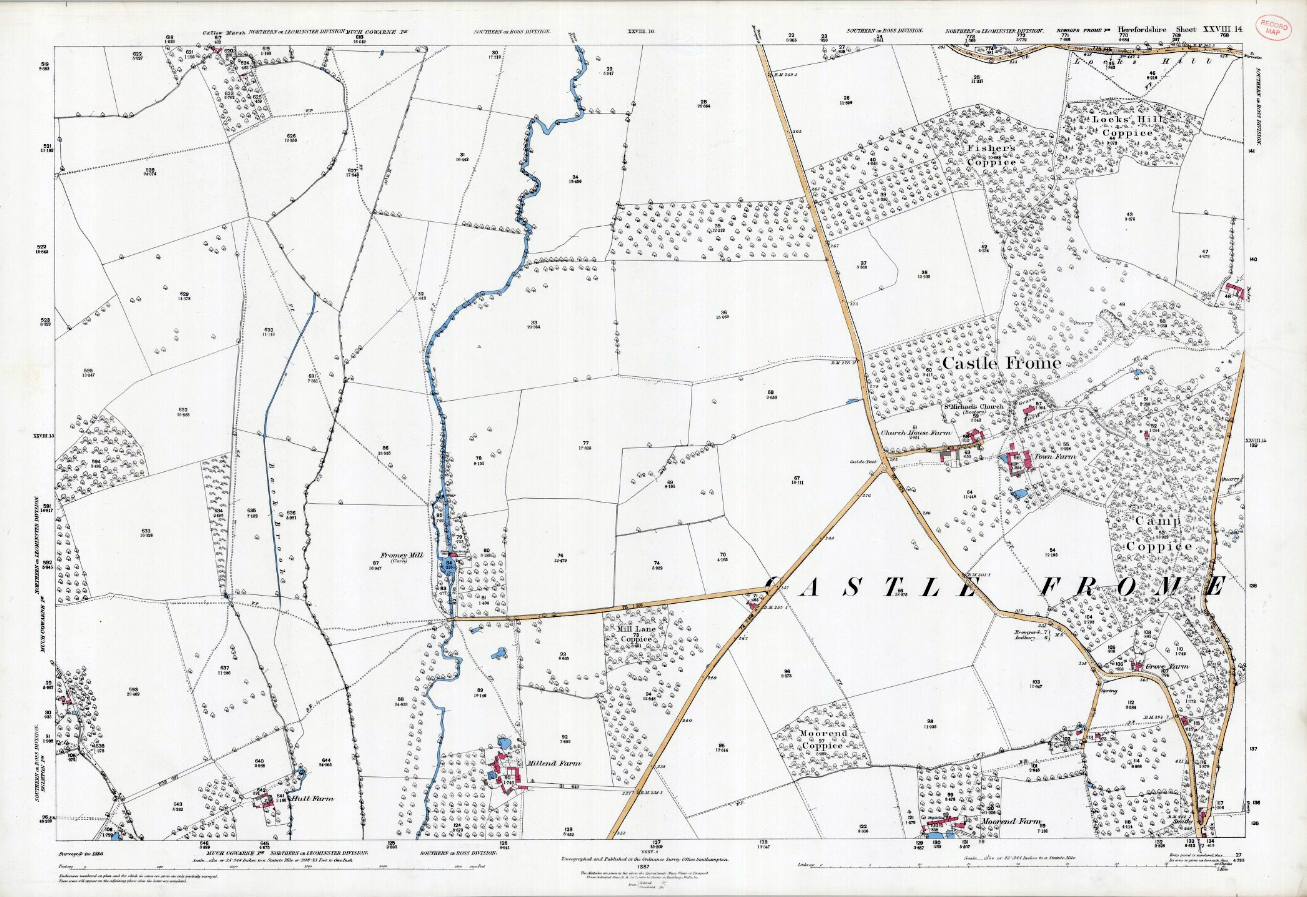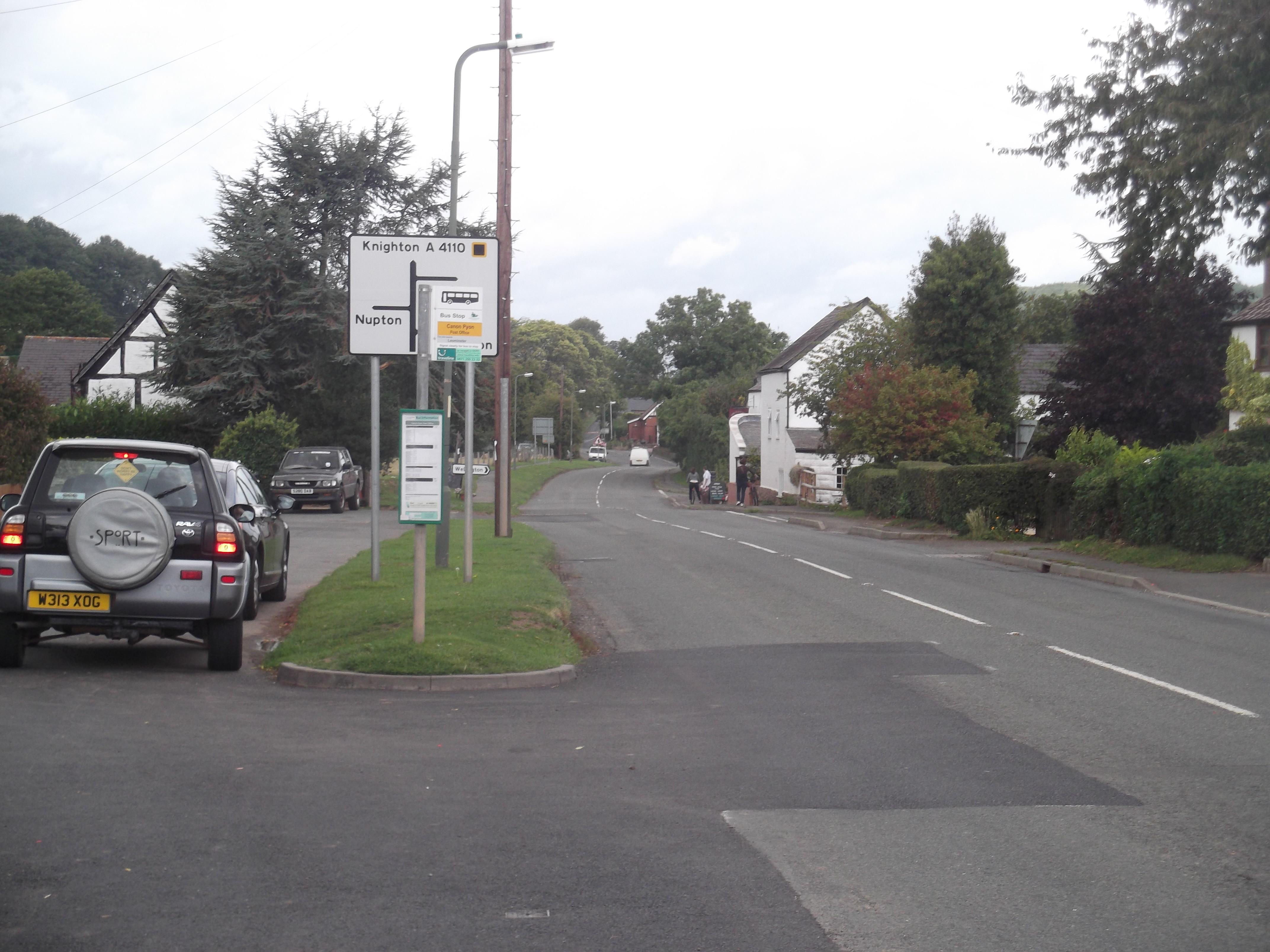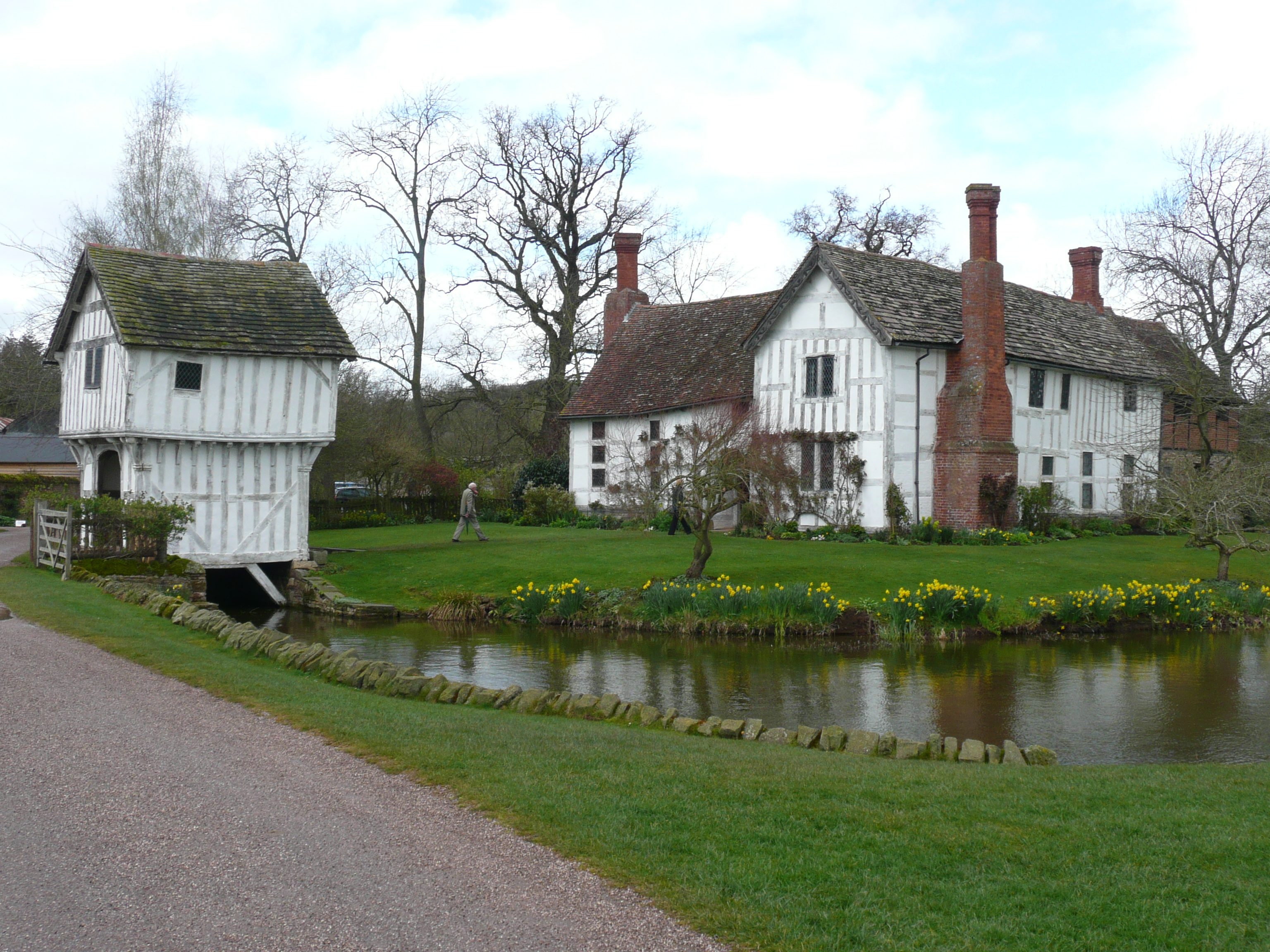|
Grade I Listed Buildings In Herefordshire
There are over 9,000 Grade I listed buildings in England. This page is a list of these buildings in the county of Herefordshire. County of Herefordshire See also * :Grade I listed buildings in Herefordshire * Grade II* listed buildings in Herefordshire Notes References National Heritage List for England External links {{GradeIListedbuilding Grade I listed buildings in Herefordshire, Lists of Grade I listed buildings in England by county, Herefordshire Lists of listed buildings in Herefordshire ...[...More Info...] [...Related Items...] OR: [Wikipedia] [Google] [Baidu] |
Herefordshire UK Locator Map 2010
Herefordshire () is a Counties of England, county in the West Midlands (region), West Midlands of England, governed by Herefordshire Council. It is bordered by Shropshire to the north, Worcestershire to the east, Gloucestershire to the south-east, and the Wales, Welsh counties of Monmouthshire and Powys to the west. Hereford, the county town of Herefordshire has a population of approximately 61,000, making it the largest settlement in the county. The next biggest town is Leominster and then Ross-on-Wye. The county is situated in the historic Welsh Marches, Herefordshire is one of the most rural and sparsely populated counties in England, with a population density of 82/km2 (212/sq mi), and a 2021 population of 187,100 – the List of ceremonial counties of England, fourth-smallest of any ceremonial county in England. The land use is mostly agricultural and the county is well known for its fruit and cider production, and for the Hereford (cattle), Hereford cattle breed. Consti ... [...More Info...] [...Related Items...] OR: [Wikipedia] [Google] [Baidu] |
Brinsop Court
Brinsop Court, Brinsop, Herefordshire, England is a manor house dating from the 14th century. The house was much extended in the 16th and 17th centuries, and reconstructed in the early 20th century by Henry Avray Tipping. Brinsop contains many period features including fireplaces, ceilings and wooden panelling. The house is surrounded by lawns, encircled by a moat and stands within an 800-acre estate. It remains privately owned and is now primarily used as an events venue. History The Old Court at Brinsop was built in the early fourteenth century by a local squire, and was grander than a similar manor across the county at Cheyney Longville, which was owned by a knight and member of parliament. An ancient manuscript mentions that a moat round and approached by a drawbridge; within the quadrangle was a Chapel and a crypt beneath it, a dungeon and a blacksmith's forge. The Chapel, with the staircase leading to it, occupied one side of the square; it had a groined roof and walls pai ... [...More Info...] [...Related Items...] OR: [Wikipedia] [Google] [Baidu] |
Clehonger
Clehonger is a village and civil parish in Herefordshire, England, and south-west of Hereford. Clehonger is from the old English 'Clayey wooded slope.' The population of the civil parish at the 2011 census was 1,382. Community Apart from the occasional farm cottage or farmhouse, most housing in the village is predominantly a mix of post First World War council housing, and mid-1960s to 1980s buildings. The post World War II housing is mainly near the north side of the village, while the 1970s and 1980s housing was built on the south and west. Mid-1960s housing occupies the centre of the village. In the 1970 and 1980s, bungalows and dormers proliferated while the 1960s housing is the more traditional three or four bedroom semi-detached type. A petrol station was closed around 2000, demolished, and the land used for housing in 2001. Clehonger has a small shop with post office, and a village hall which is the base for a pre-school. The village school, for 5–11 year olds, ... [...More Info...] [...Related Items...] OR: [Wikipedia] [Google] [Baidu] |
Castle Frome
Castle Frome is a village and civil parish in the county of Herefordshire, England, and is north-east from the city and county town of Hereford. The closest large town is the market town of Bromyard, to the north. The Norman font in Castle Frome church is "one of the outstanding works of the Herefordshire school". History The affix 'Castle' signifies the existence of the Norman fortress. 'Frome' is taken from the Frome river and this from the Celtic 'ffraw' meaning "fair, fine, brisk", the settlement in 1242 written as "Froma Castri". Listed in the ''Domesday Book'' as "Frume", at the time of the Norman Conquest Castle Frome was in the Hundred of Radlow in the county of Herefordshire. The manor had assets of 19 households, seven villagers, one freeman, ten slaves, and one reeve, and a mill which was valued at 10 shillings. The area of land under plough was defined by three lord's and seven men's plough teams. In 1066 Brictmer (son of Queneva), under the overlordship ... [...More Info...] [...Related Items...] OR: [Wikipedia] [Google] [Baidu] |
Canon Pyon
Canon Pyon is a village and civil parish on the A4110 road in Herefordshire, England. The population of the parish at the 2011 Census was 542. The civil parish includes the settlement of Westhope with its tin tabernacle dedicated to St. Francis. The name derives from the nearby Pyon Hill. 'Pyon', is unusual and not used anywhere else in Britain with the exception of the nearby village of King's Pyon. Amenities include a village shop, The Nag's Head public house, a village hall, Canon Pyon CE Primary School, and the 13th-century church of St Lawrence which is a Grade I listed building. Canon Pyon, with King's Pyon, has a magazine: ''The Pyonear''. The Hermitage is a country house near the village, built c1840-1850 and used as the summer retreat of the Bishop of Hereford The Bishop of Hereford is the ordinary of the Church of England Diocese of Hereford in the Province of Canterbury. The episcopal see is centred in the Hereford, City of Hereford where the bishop's seat (' ... [...More Info...] [...Related Items...] OR: [Wikipedia] [Google] [Baidu] |
Byford
Byford is a village and civil parish on the River Wye in Herefordshire, England, about west of Hereford. According to the 2001 census, it had a population of 119, increasing to 201 at the 2011 census. Offa's Dyke runs along Garnons Hill, to the north of the village. The 11th-century church of St John the Baptist is a Grade I In the United Kingdom, a listed building or listed structure is one that has been placed on one of the four statutory lists maintained by Historic England in England, Historic Environment Scotland in Scotland, in Wales, and the Northern Irel ... listed building. References External links Villages in Herefordshire Civil parishes in Herefordshire {{Herefordshire-geo-stub ... [...More Info...] [...Related Items...] OR: [Wikipedia] [Google] [Baidu] |
Bromyard And Winslow
Bromyard is a town in Herefordshire, England, in the valley of the River Frome. It lies near the county border with Worcestershire on the A44 between Leominster and Worcester. Bromyard has a number of traditional half-timbered buildings, including some of the pubs, and the parish church is Norman. For centuries, there was a thriving livestock market. The town is twinned with Athis-de-l'Orne, Normandy. History Bromyard is mentioned in Bishop Cuthwulf's charter of c. 840. Cudwulf established a ''monasterium'' at ''Bromgeard'' behind a 'thorny enclosure' with the permission of King Behrtwulf, King of the Mercians. Ealdorman Aelfstan, the local magnate, was granted between 500 and 600 acres of land for a ''villa'' beside the River Frome. The settlement in the Plegelgate Hundred was allocated 30 hides for 'the gap n the forestwhere the deer play.' The county court assembly was on Flaggoner's Green, now a hill in the modern borough and where the cricket club is situated. 42 v ... [...More Info...] [...Related Items...] OR: [Wikipedia] [Google] [Baidu] |
Bromyard
Bromyard is a town in Herefordshire, England, in the valley of the River Frome. It lies near the county border with Worcestershire on the A44 between Leominster and Worcester. Bromyard has a number of traditional half-timbered buildings, including some of the pubs, and the parish church is Norman. For centuries, there was a thriving livestock market. The town is twinned with Athis-de-l'Orne, Normandy. History Bromyard is mentioned in Bishop Cuthwulf's charter of c. 840. Cudwulf established a ''monasterium'' at ''Bromgeard'' behind a 'thorny enclosure' with the permission of King Behrtwulf, King of the Mercians. Ealdorman Aelfstan, the local magnate, was granted between 500 and 600 acres of land for a ''villa'' beside the River Frome. The settlement in the Plegelgate Hundred was allocated 30 hides for 'the gap n the forestwhere the deer play.' The county court assembly was on Flaggoner's Green, now a hill in the modern borough and where the cricket club is situated. 42 ... [...More Info...] [...Related Items...] OR: [Wikipedia] [Google] [Baidu] |
Brockhampton, Bringsty
Brockhampton is a civil parish in Herefordshire, England, about east of Bromyard. The parish comprises the National Trust property of Brockhampton Estate and Park, which includes Lower Brockhampton House Brockhampton is represented in the lowest tier of UK governance by the seven-member Brockhampton Group Parish Council, which also represents the parishes of Linton (near Bromyard), Linton and Norton, Herefordshire, Norton. As Herefordshire is a Unitary authorities of England, unitary authority—no district council between parish and county councils—the parish sends councillors representing the Bromyard Bringsty Ward (politics), Ward, to Herefordshire County Council. Before 1998, the parish had been part of the Malvern Hills (district), Malvern Hills district of Hereford and Worcester."The County of Herefordshire District Council (Electoral Changes) Order 2002" , Legislation.gov.uk. Retrieved 21 April 2022 According to the 2001 United Kingdom census, 2001 census, it had a ... [...More Info...] [...Related Items...] OR: [Wikipedia] [Google] [Baidu] |
Lower Brockhampton House
The Brockhampton Estate is a National Trust property in Herefordshire, England, and is to the north of the A44 Bromyard to Worcester road, opposite the northern edge of Bringsty Common and east from the town of Bromyard. The significant aspect of the Estate is Lower Brockhampton, a timber framed manor house that dates to the late 14th century, surrounded by a moat, and entered by a restored gatehouse at the front of the house. The house is surrounded by of farmland, some of it parkland, with specimen trees and of woodland. In 2010, the National Trust undertook a major restoration of the house using traditional wattle and daub building methods. The Brockhampton Estate was bequeathed to the National Trust in 1946 by Colonel John Lutley, in whose family it had been for more than twenty generations, although the name of the family had changed several times through marriage. The site of the medieval village of Studmarsh is thought to be on the Estate; in 2012, an archaeological d ... [...More Info...] [...Related Items...] OR: [Wikipedia] [Google] [Baidu] |
Brockhampton-by-Ross
Brockhampton is a village and civil parish in Herefordshire, England. The village is near the River Wye, south east of Hereford, north of Ross-on-Wye, and south west of Ledbury. The Wye Valley Walk passes through Brockhampton. The parish forms part of the Old Gore ward of Herefordshire Council. Prior to 1998, it had been part of the district of South Herefordshire in Hereford and Worcester. The population of the parish in 2011 was 229. The two most significant buildings in the village are Brockhampton Court and All Saints' Church. Brockhampton Court was substantially rebuilt, in the neo-Tudor style in 1893, as the Herefordshire residence of A.W. Foster and his American wife, Alice. In the late 1870s, Eben Dyer Jordan of Boston, Massachusetts had purchased Brockhampton Court, now a retirement home, as a wedding present for his daughter and her groom, Arthur Foster. The Park, Brockhampton is the local cricket ground. All Saints' Church The construction of nearby A ... [...More Info...] [...Related Items...] OR: [Wikipedia] [Google] [Baidu] |
All Saints' Church, Brockhampton
The Church of All Saints is a Church of England parish church at Brockhampton in the English county of Herefordshire. The church was commissioned by Alice Foster as a memorial to her parents, Eben and Julia Jordan. The architect was William Lethaby and construction took place between 1901 and 1902. It is a Grade I listed building and is considered among the best examples of the works of the Arts and Crafts movement. History Alice Foster was the daughter of Eben Dyer Jordan of Boston, the co-founder of the Jordan Marsh department store. On Alice's marriage to the Rev. Arthur Wellesley of Yorkshire in 1885, her father bought the couple the Brockhampton Court estate as a wedding present. Following her father's death in 1895, and that of her mother in 1897, Foster commissioned William Lethaby to build the memorial church, with A. Randall Wells as clerk of works. The stained glass was by Christopher Whall. William Lethaby was born in Barnstaple, Devon in 1857, the son of a craftsm ... [...More Info...] [...Related Items...] OR: [Wikipedia] [Google] [Baidu] |




.jpg)
